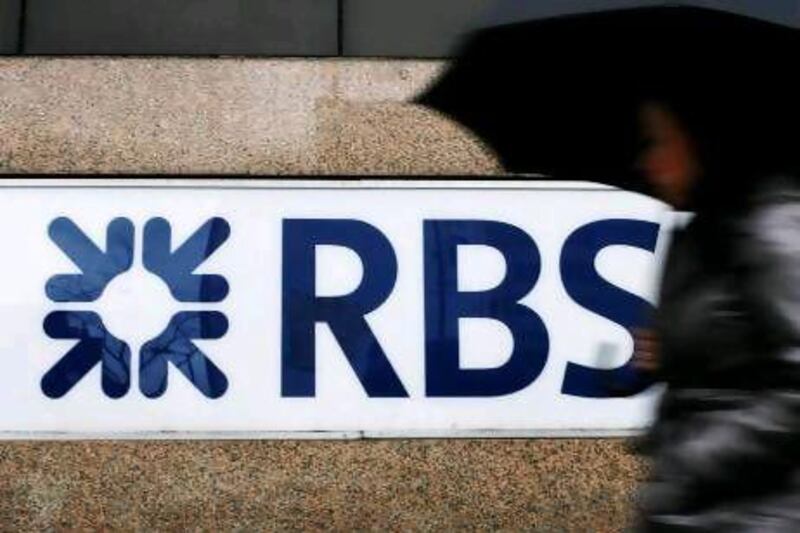When the scandal of banks fixing key interest rates broke in June, at least one New York financier had no doubt about its significance.
"It's like finding out that the whole world has been built on quicksand," the anonymous banker told an American journalist.
Nonetheless, the explosive issue - the artificial manipulation of the London Interbank Offered Rate, or Libor - has been on a slow fuse, especially in the United States, since the carnage that overtook Barclays bank and the ignominious exits of its three top directors.
Yesterday's news that seven of the world's biggest banks - Barclays, HSBC, Citibank, JPMorgan Chase, Deutsche Bank, Royal Bank of Scotland and UBS - face fresh scrutiny over the roles they may have played in Libor fixing in the mid-2000s will push the issue back on centre stage.
It is easy to see why.
Interests rates - effectively the cost of money - are the keystone of the capitalist edifice and Libor was the most influential tool for setting them globally.
It was used to determine interest levels in virtually all forms of bank lending, from gigantic corporate loans, through to mortgages, credit cards, even car loans and it affects an estimated US$800 trillion worth of financial transactions around the world.
If, as US and other regulators now allege (and Barclays has admitted) it was all a scam, it amounts to a huge black hole at the heart of capitalism, virtually a global conspiracy to defraud bank customers.
Although it sets global rates, the actual mechanism of Libor is a quaintly English affair.
An 18-strong group of banks in London are asked, by the clubbish officials of the British Bankers' Association, what rate they could borrow money at in prevailing market conditions.
The four highest and lowest estimates are thrown out and the average of the other 10 is the Libor rate. You would barely need a calculator to work it out. The practice had been working in London in some form or other since the mid-1980s, when the financial authorities, faced with the first wave of sophisticated instruments such as swaps and other derivatives, felt the need for greater standardisation of the interest-setting process.
However, in about 2005 it emerged there was widespread collusion between the banks before rates were set, which put the eventual figure at an artificial level. Rather than the actual cost of capital, Libor came to be what the banks thought the rate should be.
Because Barclays was the first to be investigated and it cooperated with regulators in New York, London and Tokyo, we know more about the abuse at the 300-year-old British bank.
Between 2005 and 2009, derivatives traders at Barclays made nearly 260 requests to their colleagues and to other banks to manipulate rates, up or down, to benefit their trading books.
In normal markets, banks and traders make more money in an environment of high interest rates, so the pressure in the early phase of the abuse was to tick Libor upwards. But the extreme market conditions of 2008 in the wake of the collapse of Lehman Brothers, when global borrowing was almost frozen solid, forced a new imperative on the banks: to push Libor downwards.
Libor acts almost as a credit rating for the banking industry. If the rate submitted by a bank is close to or lower than the market average, it amounts to a vote of confidence in its financial health.
It is now apparent that in late 2008 Barclays set lower rates in order to tell the world and, especially, two potential investors in Qatar and the UAE that were contemplating a multibillion-dollar injection of equity, that all was well at the bank, in contrast to its rivals that had been bailed out by the British and US governments.
The six other banks named in New York all faced their own particular issues in those crisis-ridden days.
As details emerge, the scandal can only widen and affect the reputation and careers of an entire generation of the banking industry's gilded elite.
twitter: Follow and share our breaking business news. Follow us
iPad users can read the digital edition of business section as it was printed via our e-reader app. Click here





